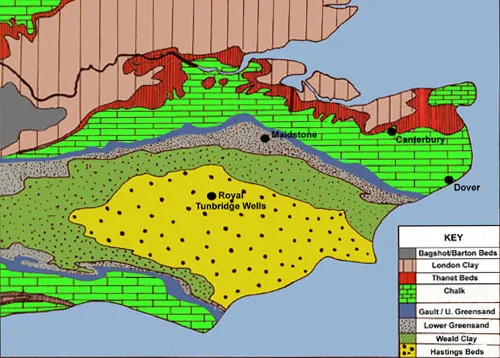National Service Act:
29 March 1939: Secretary of State for War announced expansion of Territorial Army from 130,000 to 170,000, and subsequent doubling.
27 April 1939: Conscription introduced. The Military Training Act required all males to serve in the Armed Forces for six months on reaching their twentieth birthday.
15 July: single intake of 35,000 men
39-08-24 Mobilisation:
24 August 1939
Given the worsening situation in Europe, Parliament is recalled and immediately enacts the Emergency Powers (Defence) Act 1939, granting the government special legislative powers for the duration of the crisis.
Army reservists are called up.
Civil Defence workers are put on alert.
25 August 1939
The National Defence Companies (a voluntary reserve force of former servicemen) are mobilised to protect "vulnerable points".
https://en.wikipedia.org/wiki/Timeline_of_the_United_Kingdom_home_front_during_World_War_II
http://ukcmilhist.freeforums.org/ww2-how-successfully-did-british-society-mobilise-t597.html
http://www.encyclopedia.com/article-1G2-3424800081/world-war-ii-mobilization.html
http://www2.warwick.ac.uk/fac/soc/economics/staff/sbroadberry/wp/totwar3.pdf
United Kingdom mobilized 22% of its total population for direct military service, more than any other nation of WWII era.
https://en.wikipedia.org/wiki/Mobilization#Mobilization_in_World_War_II
https://en.wikipedia.org/wiki/Mobilization
The British Expeditionary Force (BEF) was the part of the British Army in Europe from 1939 to 1940, early in the Second World War. Commanded by General Lord Gort, the BEF constituted 10 percent of the Allied force.
The British Expeditionary Force was established in 1938, in readiness for war, after Germany annexed Austria in the Anschluss of March 1938 and made claims on Sudetenland, that led to the invasion and German occupation of Czechoslovakia in March 1939. After the French and British government had promised to defend Poland, the German Invasion of Poland began on 1 September and on 3 September, Britain and France declared war on Germany.
The BEF went to France in September 1939 and mostly assembled along the Belgian–French border during the Phoney War before May 1940. The BEF did not commence hostilities until the German invasion that began the Battle of France on 10 May 1940. The BEF was driven back through Belgium and north-western France, forcing its evacuation from several ports along the French northern coastline in Operation Dynamo, followed by Operation Cycle, an evacuation from Le Havre and Operation Ariel, evacuations from the French Atlantic and Mediterranean ports. The most notable evacuation was from Dunkirk and from this the phrase Dunkirk Spirit was coined.
https://en.wikipedia.org/wiki/British_Expeditionary_Force_(World_War_II)
Pigeons, wirelesses, etc
Homing pigeon regulations
24:52 ""The possession of homing or racing pigeons is forbidden except under permit, and rules are made for the protection of such pigeons.""
http://pastdaily.com/wp-content/uploads/2015/08/News-for-August-28-1939.mp3
"Everything, it seemed was either banned, restricted or rationed. Even the raising of Homing Pigeons was banned, out of fear they would carry messages between enemy agents. Clothing and food were severely rationed, with priorities given to the Military."
http://pastdaily.com/2015/08/28/eyeing-pigeons-with-suspicion-august-28-1939/
BUT
"During World War II, the United Kingdom used about 250,000 homing pigeons. The Dickin Medal, the highest possible decoration for valor given to animals, was awarded to 32 pigeons, including the United States Army Pigeon Service's G.I. Joe and the Irish pigeon Paddy.
The UK maintained the Air Ministry Pigeon Section during World War II and for a while thereafter. A Pigeon Policy Committee made decisions about the uses of pigeons in military contexts. The head of the section, Lea Rayner, reported in 1945 that pigeons could be trained to deliver small explosives or bioweapons to precise targets. The ideas were not taken up by the committee, and in 1948 the UK military stated that pigeons were of no further use. However, the UK security service MI5 was still concerned about the use of pigeons by enemy forces. Until 1950, they arranged for 100 birds to be maintained by a civilian pigeon fancier in order to prepare countermeasures. The Swiss army disbanded its Pigeon section in 1996."
https://en.wikipedia.org/wiki/War_pigeon .
AND
http://www.arcre.com/archive/pigeons .
Women in the Military - watm >> .



